Checklist for Setting Up a Recovery Bed at Home
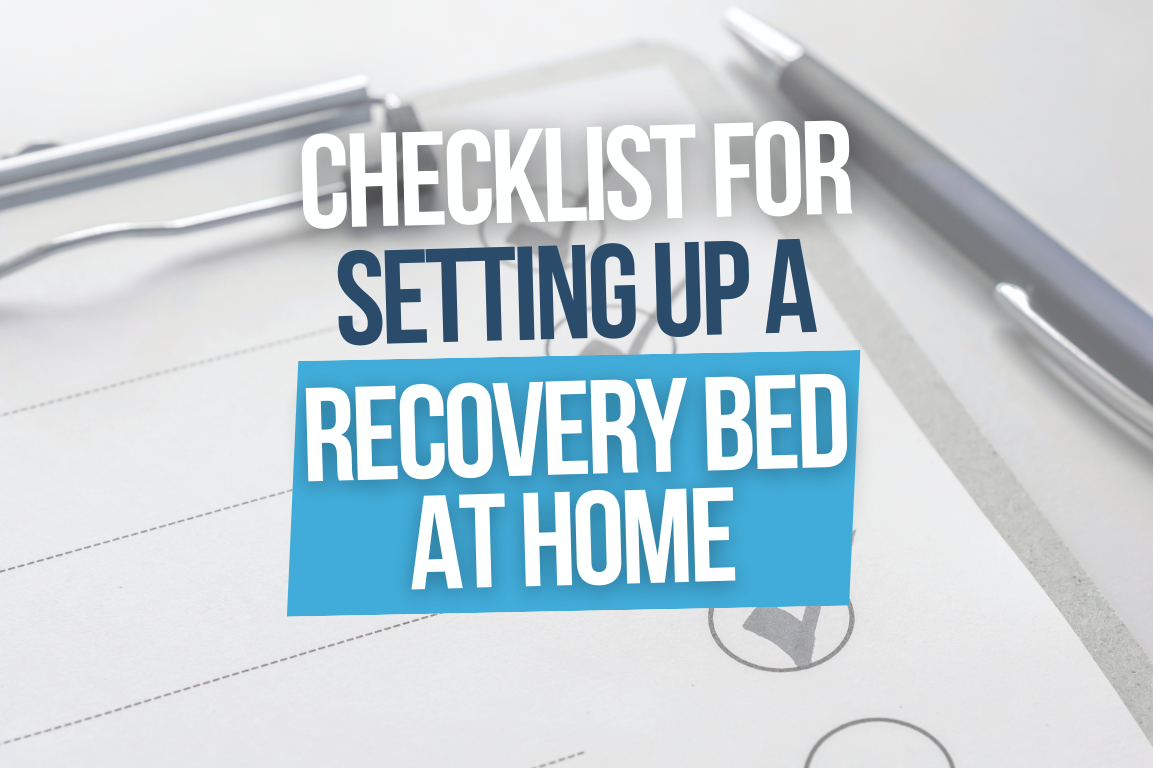
Setting up a recovery bed at home requires careful planning to ensure comfort, hygiene, and safety for the patient while making caregiving easier. Here's a quick breakdown of what you need to focus on:
- Choose the Right Bed: A standard bed works for mobile patients, while an adjustable hospital bed is ideal for those with limited mobility.
- Location Matters: Place the bed on the ground floor, near a bathroom, with clear pathways and access to a power outlet.
- Use Waterproof Bedding: Protect the mattress and reduce laundry with waterproof sheets, mattress protectors, pillow covers, and absorbent pads. PeelAways disposable sheets are a convenient option.
- Comfort and Support: Add positioning tools like wedge pillows, body pillows, and foam toppers to prevent stiffness and pressure sores.
- Essential Bedside Items: Keep water, medications, tissues, phone chargers, and a call bell within reach. Use an overbed table for added convenience.
- Safety Features: Install nightlights, use non-slip mats, and remove tripping hazards. Consider bed rails and bedside commodes if needed.
- Cleanliness: Stock up on hand sanitizer, disposable gloves, disinfectant wipes, and no-rinse cleansers to maintain hygiene.
- Additional Equipment: Items like walkers, transfer boards, and pressure relief cushions can aid mobility and reduce strain.
Modern Hospital Bed Features for Home Care 2025! #homecarebed #hospitalbed
Selecting the Right Bed and Location
After choosing the perfect waterproof bedding, the next step is setting up the right bed and finding the best location. A well-thought-out recovery setup boosts both patient comfort and caregiver convenience.
Choosing the Right Bed
For patients with good mobility, a standard bed with a sturdy frame works well. Make sure the bed's height allows their feet to comfortably touch the floor when seated.
If mobility is limited or frequent position adjustments are necessary, an adjustable hospital bed is a better choice. These beds make it easy to raise or lower the head and foot sections, reducing the need for manual repositioning and improving overall comfort.
Setting Up the Space
Place the bed on the ground floor, ideally near a bathroom, and ensure there’s at least 3 feet of space around the bed. Pathways should be clear and at least 36 inches wide to avoid any tripping hazards [1][2][4][5]. If your main bedroom is upstairs, consider temporarily moving the bed to a downstairs area like a living room, den, or guest room.
Position the bed close to a wall outlet, and secure any cords to keep the area safe from trips or falls [1][2].
Add motion-activated nightlights to improve visibility at night, and make sure the bed is away from cold drafts [2][4][5]. Keep a phone within easy reach to ensure quick access in case of emergencies [3].
Once the bed and location are set, you can focus on preparing the bedding and linens for a comfortable recovery.
Waterproof Bedding and Linens
Maintaining hygiene and protecting the mattress are essential during medical recovery, especially when managing incontinence, wound drainage, or medication side effects. A well-designed waterproof bedding system not only keeps things clean but also minimizes laundry and ensures a comfortable environment.
Here’s a practical solution for managing bedding changes efficiently.
PeelAways Disposable Waterproof Sheets
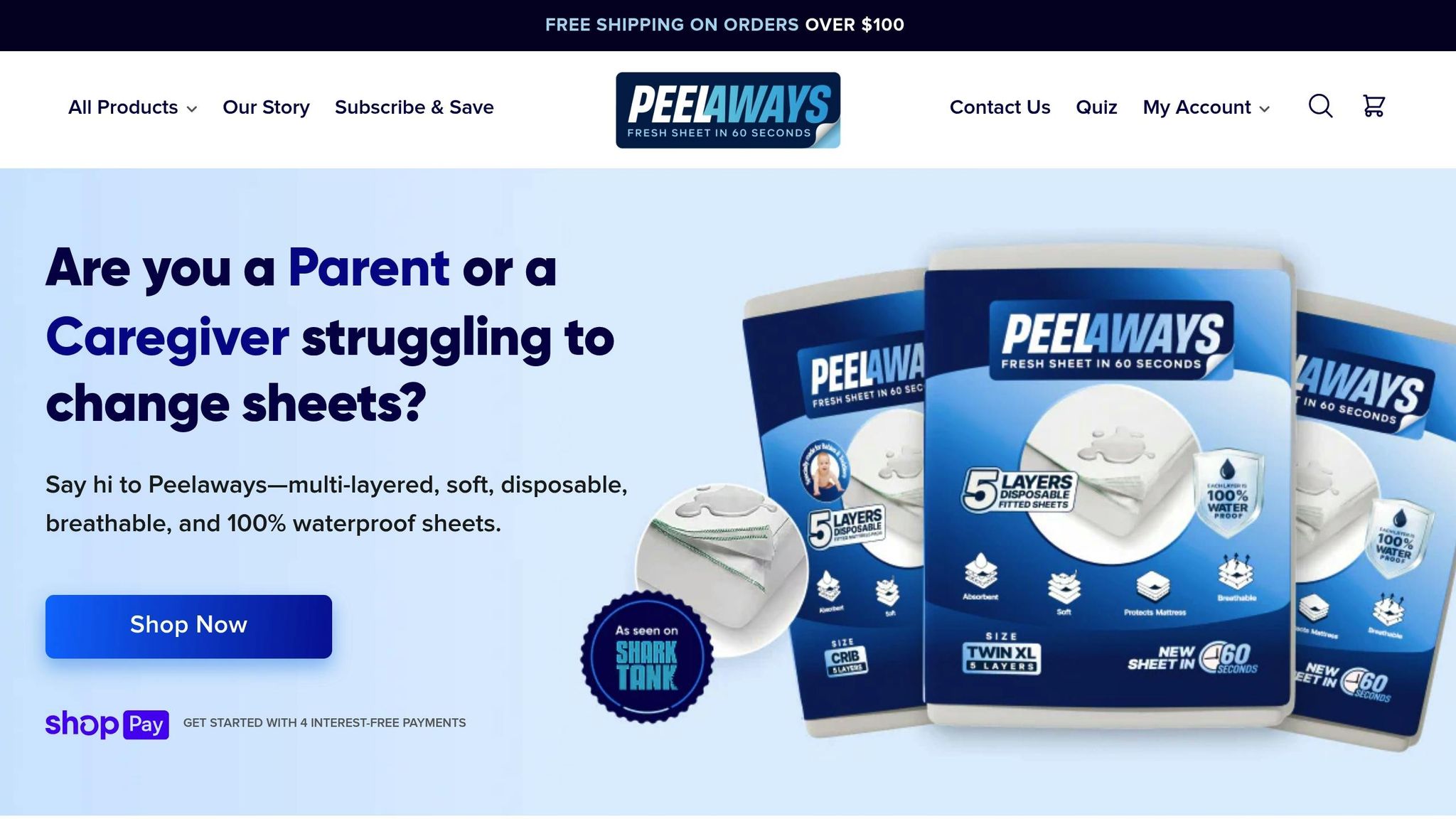
PeelAways offers a game-changing solution for caregivers dealing with frequent bedding changes. These disposable sheets feature a patented design with 5–7 absorbent layers. When a layer becomes soiled, simply peel it away to reveal a fresh, clean sheet underneath.
This approach eliminates the need for mattress lifting, excessive laundry, and the risk of cross-contamination associated with traditional bedding changes. For situations requiring frequent cleanups, such as medical procedures or accidents, PeelAways allows caregivers to maintain a sanitary environment without the physical strain of changing heavy bedding multiple times a day.
The sheets are completely waterproof yet breathable, ensuring comfort while fully protecting the mattress. PeelAways are available in various sizes to suit different needs, including:
- Crib-A-Peel: $30.99, ideal for smaller recovery beds.
- Twin XL (7 layers): $41.99, perfect for hospital-style beds.
- Full: $43.99, suitable for standard home recovery setups.
- Queen: $47.99, for larger beds.
- King: $53.99, for maximum coverage.
For families navigating long-term recovery, the 15% subscription discount offers an affordable way to keep up with ongoing needs. Plus, the 30-day money-back guarantee provides peace of mind for those trying this innovative bedding solution for the first time.
To complement PeelAways, consider adding these waterproof products to create a complete bedding system.
Other Waterproof Bedding Items
A full waterproof bedding setup includes more than just fitted sheets. Here are additional items to consider:
- Mattress Protectors: These serve as the first line of defense, creating a barrier between the mattress and any moisture that might bypass other layers.
- Waterproof Pillow Covers: Protect pillows from fluids like saliva or medication spills. Choose covers with zippers and breathable materials to avoid heat buildup around the head and neck.
- Absorbent Bed Pads: Place these pads in high-risk areas, such as under the patient’s midsection or near medical equipment. Opt for pads with non-slip backing to keep them securely in place.
- Waterproof Blankets: These provide warmth while offering an extra layer of protection. They can be wiped clean between uses, making them ideal for situations like administering medication or eating in bed.
It’s also a good idea to keep backup waterproof items on hand. Extra pillow covers, bed pads, and protective layers ensure you can quickly handle any accidents without compromising the patient’s comfort or hygiene. Having these essentials readily available makes recovery care more manageable and stress-free.
Comfort and Positioning Support
Prolonged bed rest can lead to discomfort, stiffness, and even pressure sores. While waterproof bedding keeps the environment clean and hygienic, the right support tools are key to ensuring patient comfort. Once a recovery bed is set up, proper positioning becomes crucial for improving circulation and maintaining comfort.
Positioning is all about keeping the body in natural alignment while redistributing pressure away from sensitive areas. This approach minimizes the risk of complications and helps the healing process.
Support Pillows
Different types of pillows can make a big difference in recovery:
- A full-length body pillow placed between the knees and ankles helps keep the spine aligned.
- Wedge pillows (10–12 inches thick) can reduce strain on the back.
- Cervical support pillows prevent neck stiffness.
Smaller lumbar pillows and compact travel-sized supports are also useful for extra comfort. For patients dealing with breathing issues or acid reflux, a bed wedge pillow that elevates the upper body at a 30° to 45° angle can ease breathing and reduce reflux symptoms.
Positioning Tools
Additional tools can help maintain alignment and relieve pressure:
- Foam wedges, bolster cushions, and heel protectors support proper positioning and reduce strain on pressure points.
- Positioning straps and abduction pillows ensure alignment and stability.
- A 2–4-inch memory foam topper evenly distributes weight for added comfort.
Heel protectors and boot cushions are particularly important for patients with limited mobility. These tools lift the heels off the mattress, improving air circulation and reducing the risk of sores.
sbb-itb-45288fe
Bedside Items for Easy Access
Having essential items within arm's reach can make recovery smoother by minimizing unnecessary movement and promoting comfort.
Daily Care Items
Hydration is key to recovery, so keep a large water bottle with a straw or sports cap at the bedside. This setup makes it easier to stay hydrated without the need for frequent movement, helping to prevent dehydration that could slow the healing process or lead to complications.
Medications should be well-organized to avoid missed doses. Use a pill organizer with clearly labeled compartments for different times of the day. Setting phone alarms as reminders can also be helpful. Store the organizer on a stable surface, away from moisture and direct sunlight, and keep an up-to-date medication list nearby for reference during doctor visits or emergencies.
Other handy items include tissues, hand sanitizer, lip balm, unscented lotion, and entertainment options like books or a tablet. A small basket or organizer can keep these items tidy and within easy reach.
Ensure phone chargers and a call bell are close by so assistance can be requested quickly when needed [6][7].
For an even more practical setup, pair these essentials with a secure overbed table to keep everything conveniently accessible.
Overbed Table and Safety Features
An overbed table can greatly improve bedside convenience. Look for one with adjustable height to suit different positions, lockable wheels for stability, and easy-to-clean surfaces that can be disinfected regularly [7]. Some models include cup holders and storage compartments, with prices ranging from $40 to $150 [7].
Nighttime safety is particularly important, as falls are a leading cause of injuries during recovery. According to the CDC, more than 800,000 patients are hospitalized annually due to fall-related injuries [6].
To create a safer environment, install nightlights in the bedroom, hallway, and bathroom. Basic plug-in nightlights cost between $5 and $20, while motion-sensor smart lights range from $20 to $40 [7]. Place non-slip mats next to the bed and in high-traffic areas, especially on slippery surfaces like hardwood or tile. Look for rubberized, washable mats that stay firmly in place; quality options typically cost $10 to $30 [7].
Clear pathways are essential for safe movement, especially if mobility aids like walkers or wheelchairs are in use. Remove tripping hazards such as loose rugs and electrical cords, and consider setting up recovery spaces on the main floor to avoid stairs altogether - an effective way to reduce fall risks [7].
Smart home devices can also enhance safety and convenience. Voice assistants can control lights, make calls, or play music without requiring physical effort, while smart plugs allow remote control of lamps and other devices [7]. These thoughtful adjustments can go a long way in preventing accidents and ensuring a safer recovery environment.
Cleanliness and Infection Prevention
Keeping the recovery area clean is crucial for reducing infection risks and safeguarding both the patient and caregivers.
Cleaning Supplies
Having cleaning supplies readily available makes it easier to handle spills and maintain hygiene. Place a hand sanitizer with at least 60% alcohol near the bedside - clean hands are one of the simplest and most effective ways to cut down on infection risks in healthcare settings.
Stock up on disposable nitrile gloves for direct care tasks. These gloves offer solid protection while minimizing the risk of allergic reactions.
Disinfectant wipes approved by the EPA are essential for tackling common pathogens. Be sure to follow the manufacturer’s instructions, especially the recommended contact time, to ensure proper disinfection. Keep containers of wipes in convenient spots, like the bedside table, overbed table, and near the room entrance, so surfaces can be cleaned quickly when needed.
For personal hygiene, especially when bathing isn’t feasible, use a pH-balanced, no-rinse cleanser with disposable washcloths. This provides a gentle and effective solution for maintaining cleanliness.
A small trash can with a foot pedal is a smart addition to the setup. This hands-free disposal option helps contain used gloves, wipes, and other waste, reducing the risk of cross-contamination.
In addition to cleaning supplies, simplifying routine tasks like changing sheets can also play a big role in preventing infections.
Simple Sheet Changes
Changing sheets during recovery can be physically exhausting for caregivers and uncomfortable for patients. Traditional methods often involve lifting the mattress, which increases the chances of spreading contaminants.
PeelAways disposable sheets offer a practical solution. These sheets allow you to peel away the soiled top layer without any heavy lifting, instantly replacing it with a clean one. This not only reduces the effort but also minimizes the risk of contamination.
With PeelAways, caregivers can spend less time on labor-intensive tasks and focus more on patient care. Each new layer provides a fresh, protective barrier, while the used layer is safely discarded, keeping the recovery area clean and safe.
PeelAways sheets come in standard sizes, from Crib-A-Peel for toddlers at $30.99 to King size at $53.99. A subscription option saves 15% and ensures a steady supply during the recovery period. Plus, a 30-day money-back guarantee adds extra reassurance, making it a convenient and reliable choice for any recovery bed setup.
Additional Equipment for Better Care
Choosing the right mobility and medical aids can make a significant difference in a patient's recovery. It's important to match the equipment to the individual's condition, mobility level, and recovery goals.
Mobility and Safety Equipment
Bed rails provide crucial support for patients who need help getting in and out of bed. Adjustable options - those that can be raised for safety or lowered when not needed - are particularly practical.
Bedside commodes are a great solution when bathroom trips are difficult or unsafe. They help minimize fall risks, especially during the night, and reduce physical strain for both patients and caregivers.
For those regaining the ability to walk, walkers and canes offer vital stability. Walkers with wheels and built-in seats provide support and allow patients to rest when needed, while standard walkers are a solid choice for those requiring more stability.
Transfer boards make it easier to move patients between a bed, wheelchair, or commode. Pairing these with grab bars - installed near the bed or in the bathroom - adds an extra layer of safety. For temporary solutions, clamp-on grab bars work well when permanent installation isn't an option.
Pressure relief cushions are another essential item for patients who spend extended periods in bed or a chair. These cushions help prevent pressure sores and improve comfort during recovery.
Once you've selected the right tools, it's important to ensure they’re set up and used properly. Professional advice can make this process easier and more effective.
Getting Professional Advice
Healthcare professionals such as surgeons, doctors, physical therapists, and rehabilitation specialists are key resources for making informed equipment choices [8][9].
Physical therapists, in particular, are valuable for assessing a patient's strength, balance, and coordination. They can recommend the most suitable walking aids or transfer devices and provide clear instructions to ensure safe and effective use.
For more specialized items like CPM machines or TENS units, doctors can determine whether these devices are appropriate and guide you toward FDA-approved options that meet safety standards [11].
When discussing equipment needs, it's essential to share specific details about the patient's limitations, the home environment, and caregiver capabilities. This information helps healthcare providers recommend solutions that work well in practical settings [9]. They can also provide guidance on the proper use and maintenance of equipment. For items like compression garments, they’ll help you choose the right size and compression level to maximize comfort and effectiveness [8][9][10].
Seeking professional advice not only prevents unnecessary expenses but also ensures the equipment genuinely improves the patient's care and recovery experience.
Conclusion
Setting up a recovery bed with care and attention can make a huge difference in promoting healing while ensuring comfort, safety, and cleanliness. A well-organized care environment not only supports recovery but also makes caregiving more manageable. This setup lays the groundwork for adding the right tools and equipment to meet individual recovery needs.
PeelAways disposable sheets offer a practical solution for maintaining hygiene. Caregivers can easily peel away a soiled layer to reveal a fresh, clean surface beneath, simplifying the cleanup process during accidents and keeping the bed sanitary.
Key equipment like adjustable bed rails and pressure relief cushions can significantly improve both patient comfort and caregiver convenience. Healthcare providers play an essential role in ensuring that mobility aids and other recovery tools are tailored to the patient’s specific needs.
Recovery bed arrangements aren’t static; they require ongoing adjustments. As a patient moves through different stages of healing, their needs will evolve. From choosing the right bed to integrating mobility aids, every component must work together to adapt to these changes. Regularly reassessing the setup and using reliable bedding solutions like PeelAways helps create a flexible and supportive recovery environment at home, making the healing journey smoother for everyone involved.
FAQs
What are the advantages of using disposable waterproof sheets like PeelAways for recovery care?
Using disposable waterproof sheets like PeelAways during recovery can make a big difference. These sheets are designed to protect against spills, fluids, and leaks, keeping the sleeping area clean and dry - an important factor for proper healing. Thanks to their multi-layer, peel-away design, changing sheets is incredibly simple. There's no need to lift the mattress or deal with laundry, which also helps reduce the chances of spreading germs.
On top of that, their disposable layers ensure a fresh and odor-free surface every time. This not only adds to the comfort of the patient but also brings peace of mind to caregivers. The ease and practicality of these sheets can take a lot of the stress out of recovery care, saving time and effort for everyone involved.
How can caregivers keep a recovery bed safe and comfortable as the patient’s needs evolve?
Caregivers play a key role in maintaining a recovery bed that is both safe and comfortable by making thoughtful adjustments as the patient’s needs evolve. Simple actions like repositioning the bed to avoid pressure sores, using supportive pillows to maintain proper body alignment, and keeping the area around the bed clean and clutter-free can have a significant impact.
To prioritize safety, ensure the bed is set to the right height, the wheels are securely locked, and regularly inspect the patient’s skin for any signs of irritation or damage. For added convenience, products like Peelaways disposable bed sheets make hygiene much easier. These sheets allow for quick changes without the hassle of lifting the mattress or doing laundry, keeping the surface fresh and comfortable. Small, consistent efforts like these can greatly improve the patient’s recovery journey.
What should I consider when choosing mobility aids and equipment for a home recovery setup?
When setting up a home recovery space, selecting the right mobility aids and equipment is crucial. The choice should align with the individual’s physical abilities, the level of assistance required, and the layout of the home. This thoughtful approach helps create a safer and more comfortable environment that supports independence during recovery.
Focus on aids that meet the specific needs of the individual, whether it’s a cane, walker, or wheelchair. Ensure the equipment is the correct size and easy to handle. Features like stability, portability, and compatibility with the home’s layout can make a big difference in reducing fall risks and improving everyday usability. Don’t forget to factor in the budget, but always prioritize safety features to build a secure and supportive recovery setup.
Related Blog Posts
Comments
0

SAVE MONEY & WATER
Professionals & Institutions save a fortune on labor/laundry.
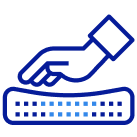
SUPERIOR COMFORT
The first thing our customers notice is how soft our sheets are.
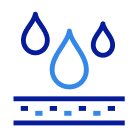
100% WATERPROOF
Each layer is 100% Waterproof, perfect for spills and accidents

SAVE TIME
Change the sheet in under 1 minute without stripping the bed.
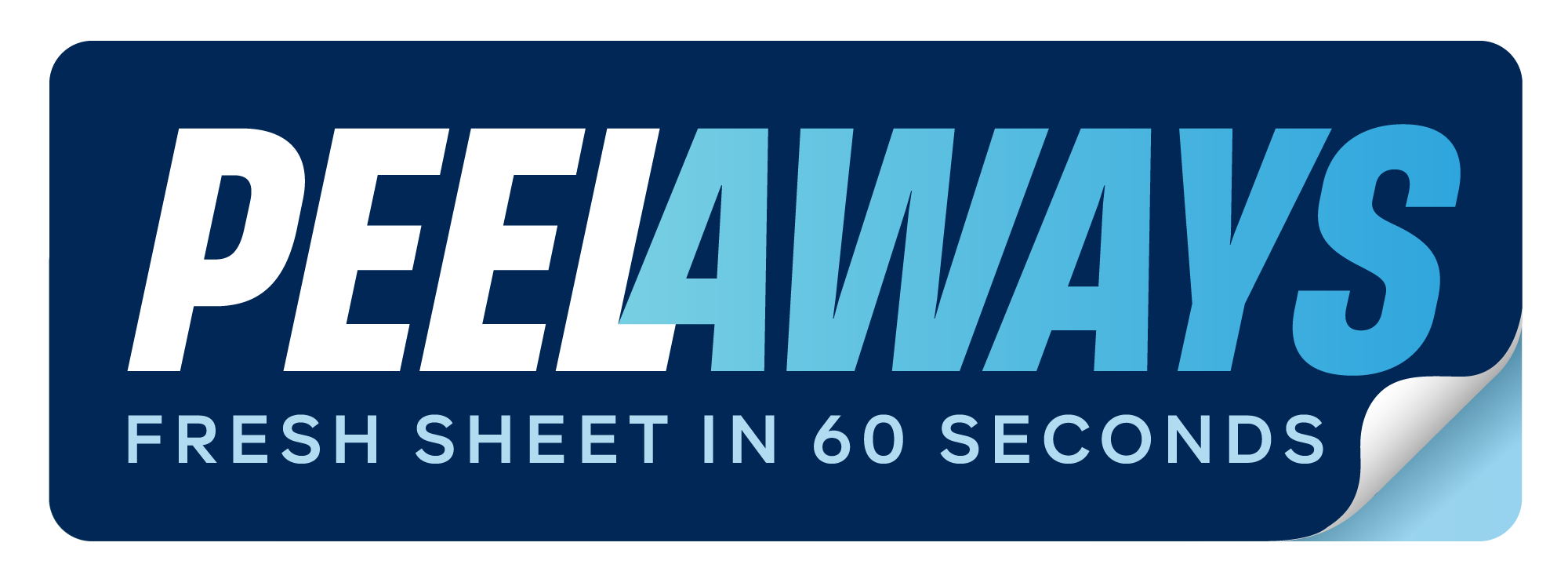



Leave a comment